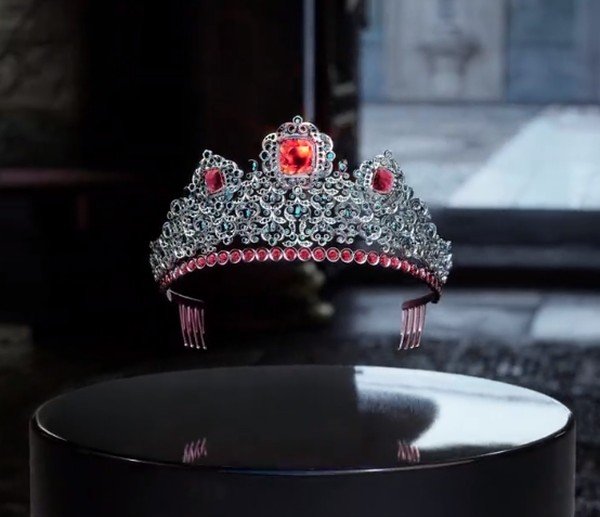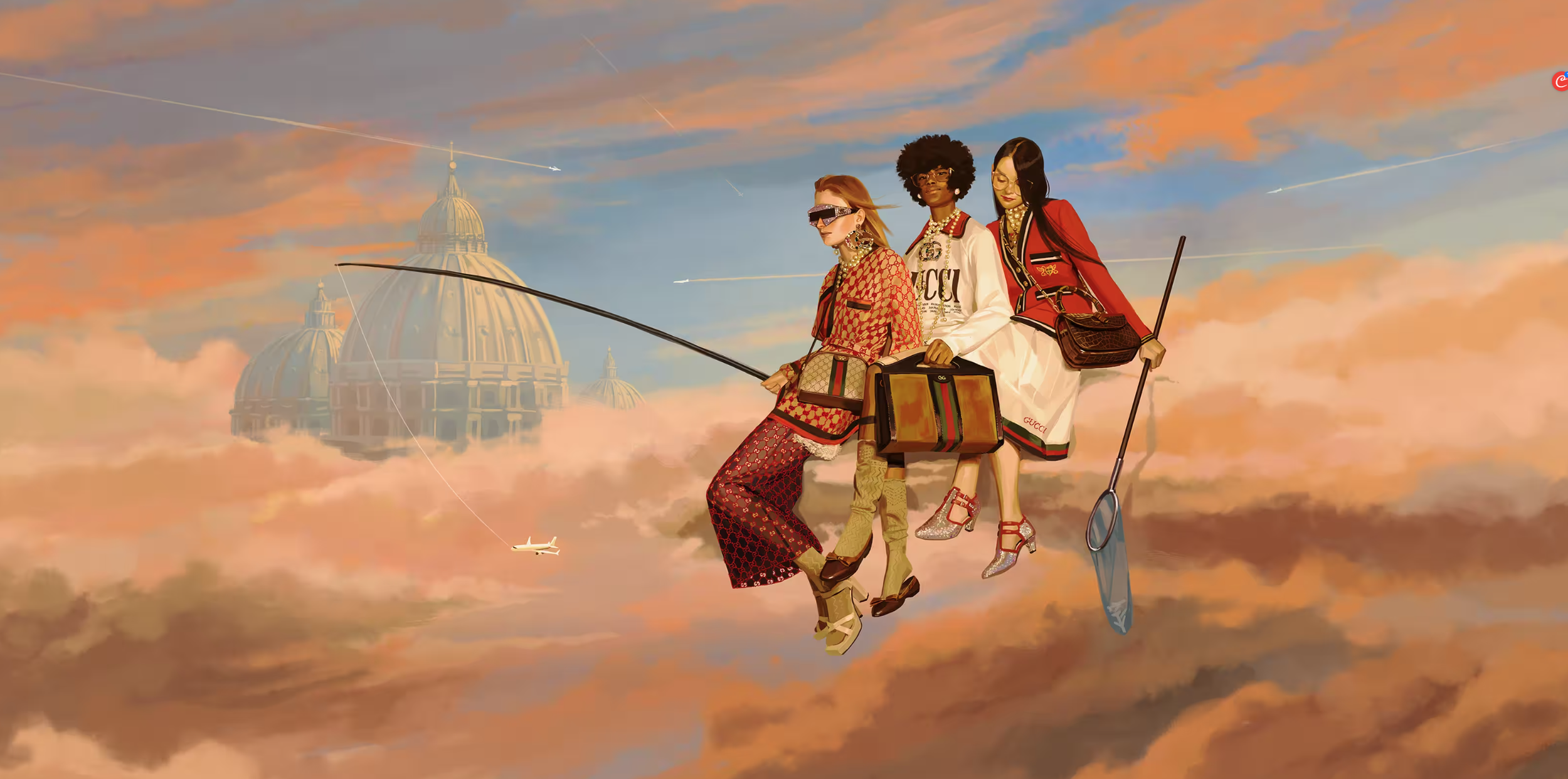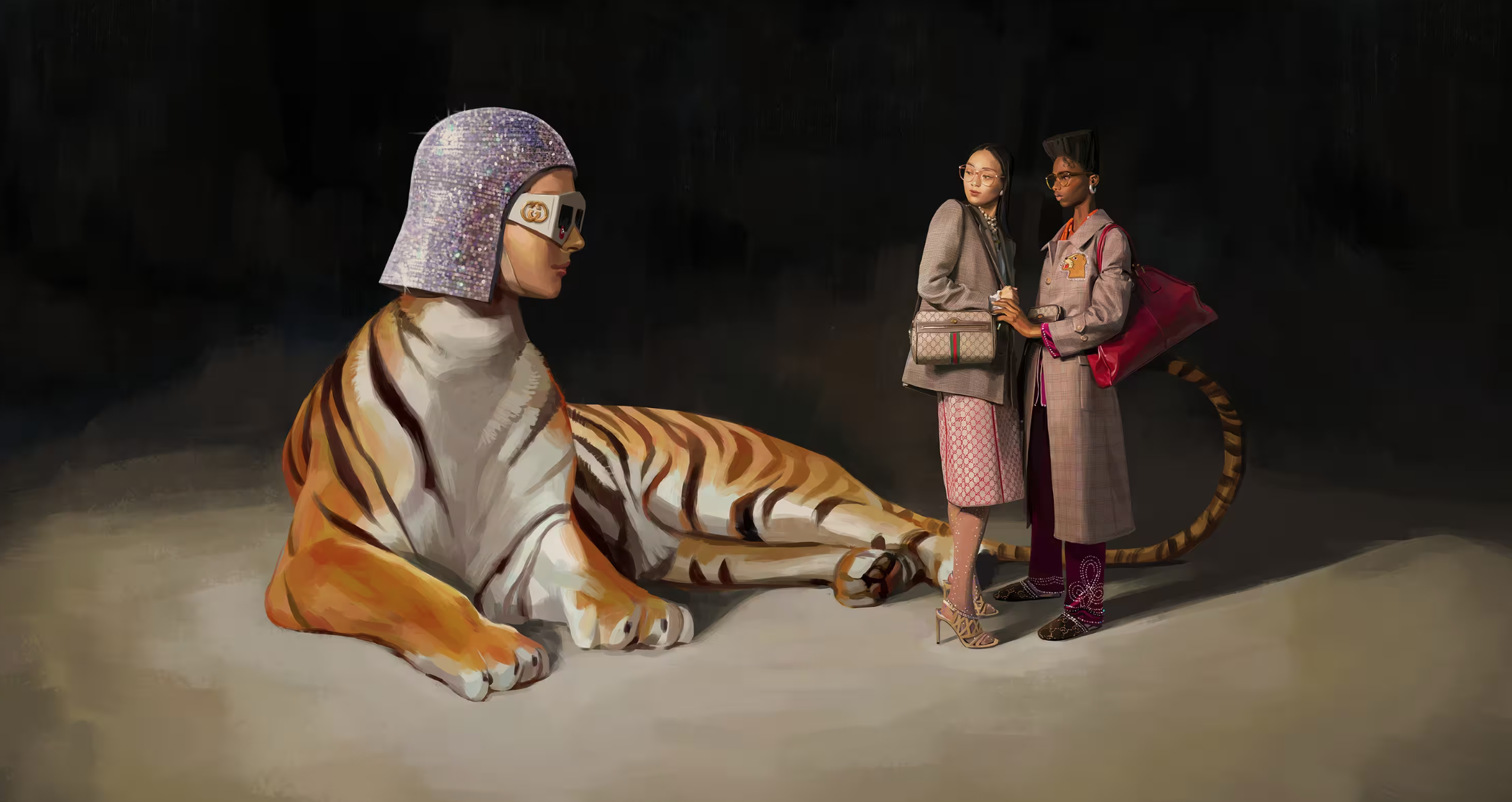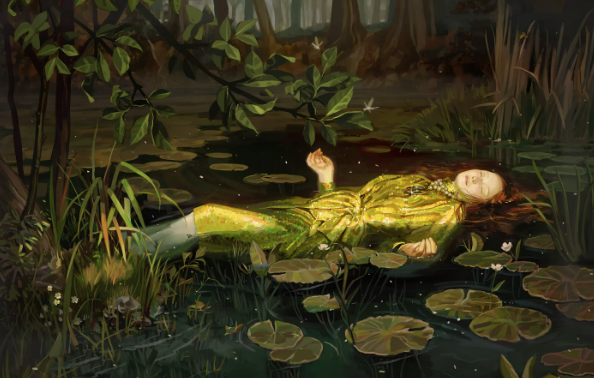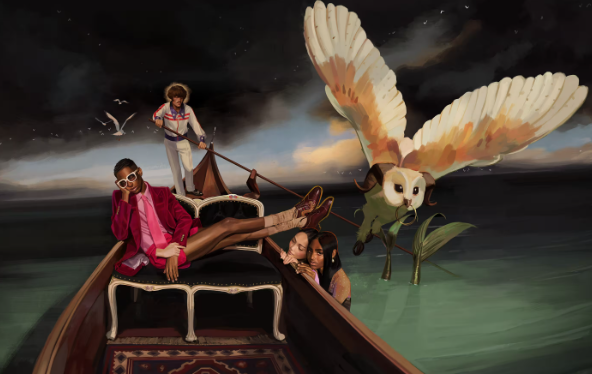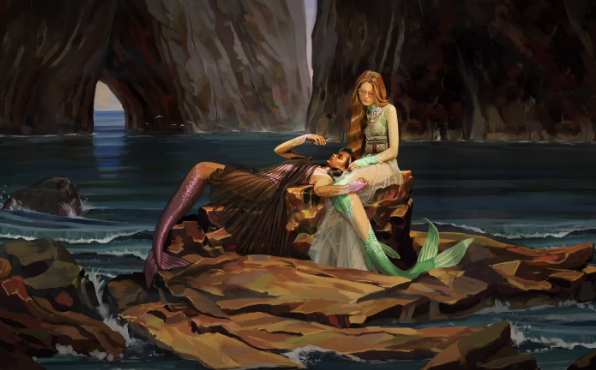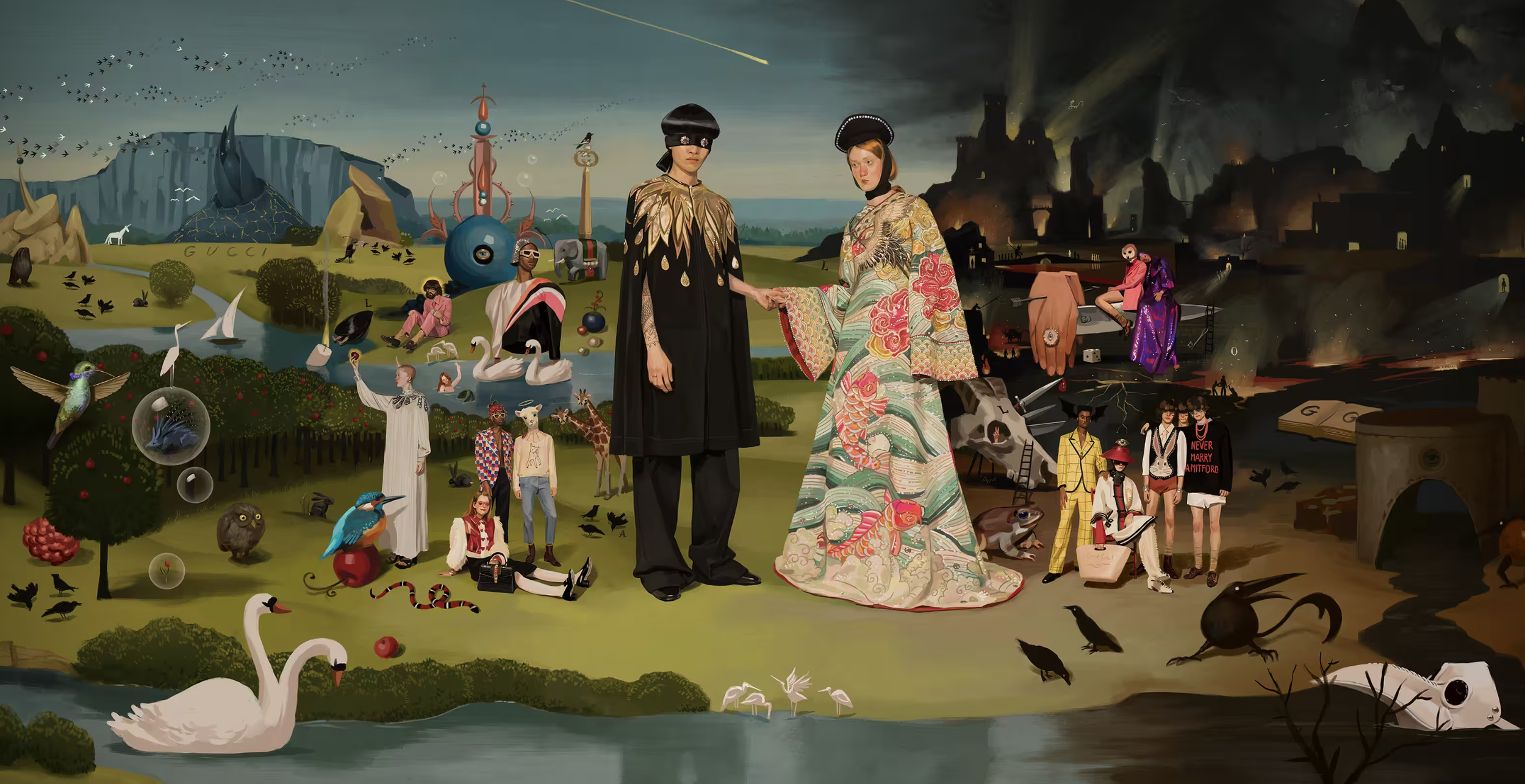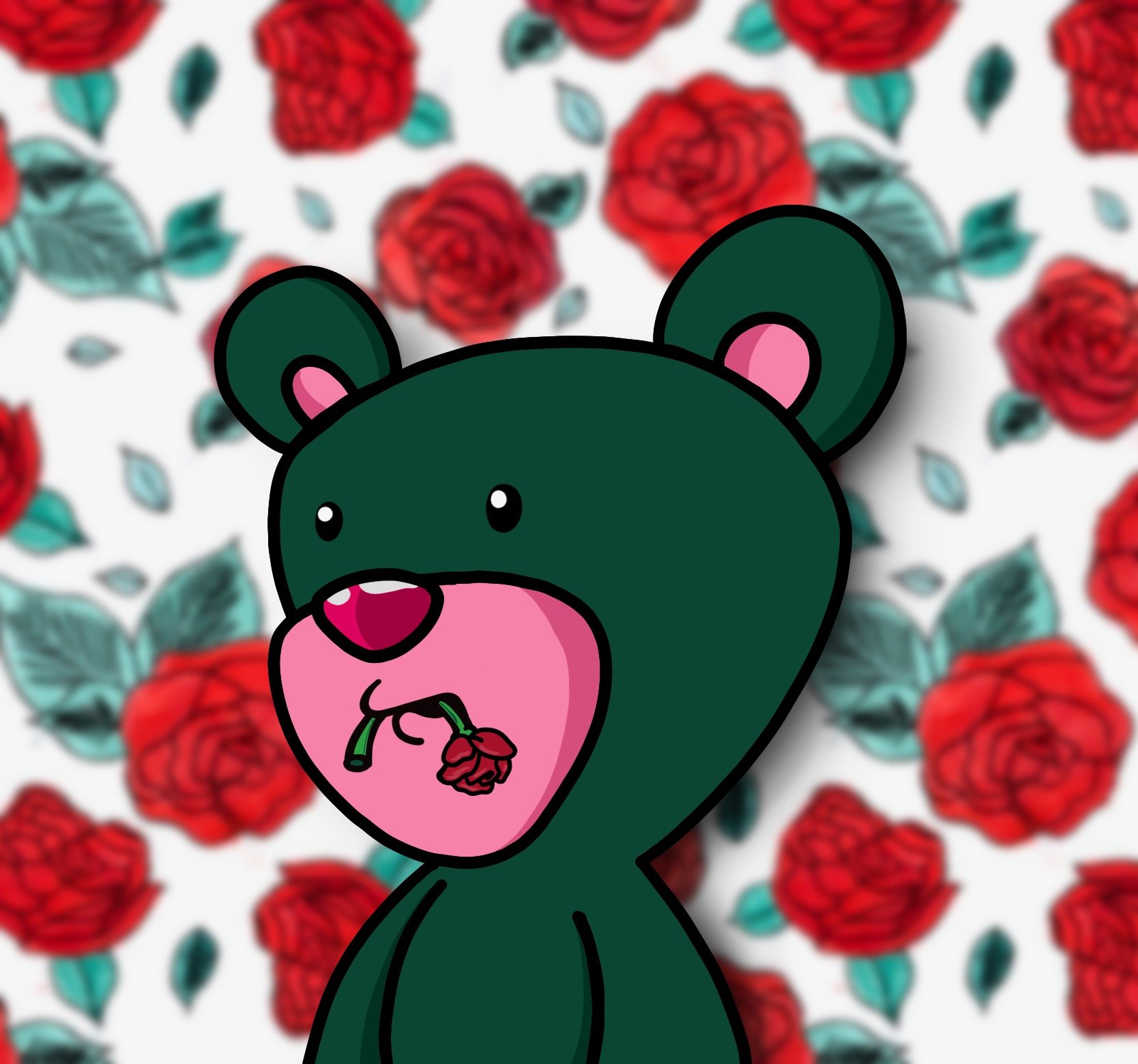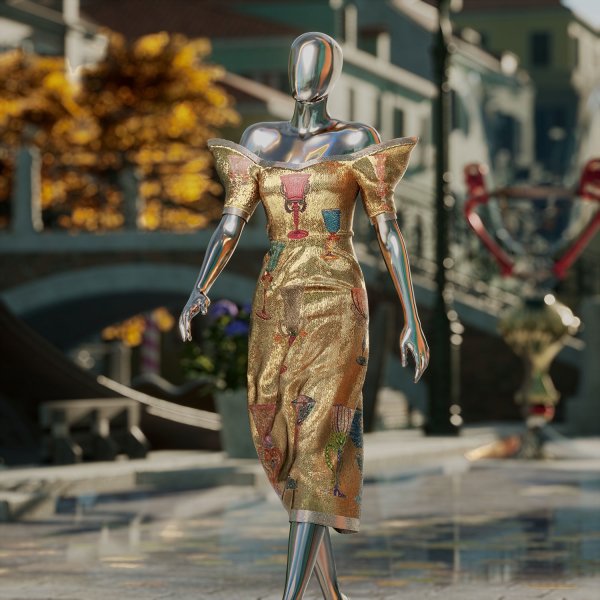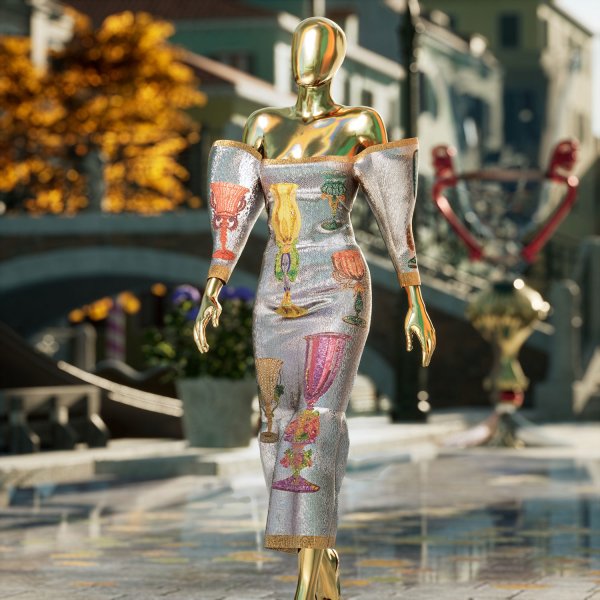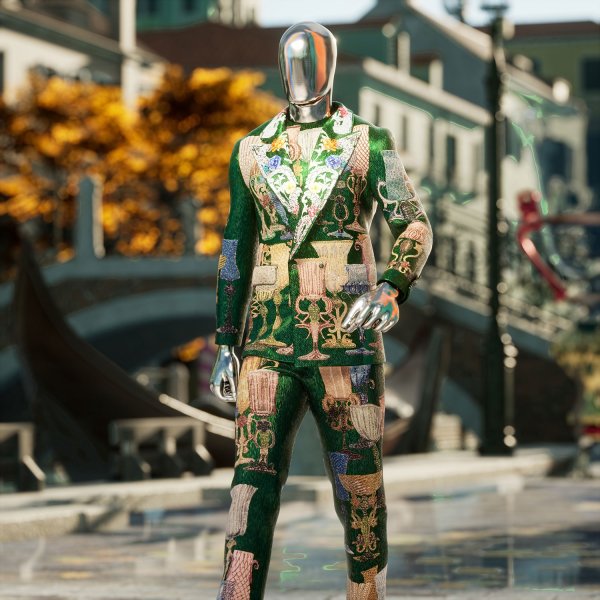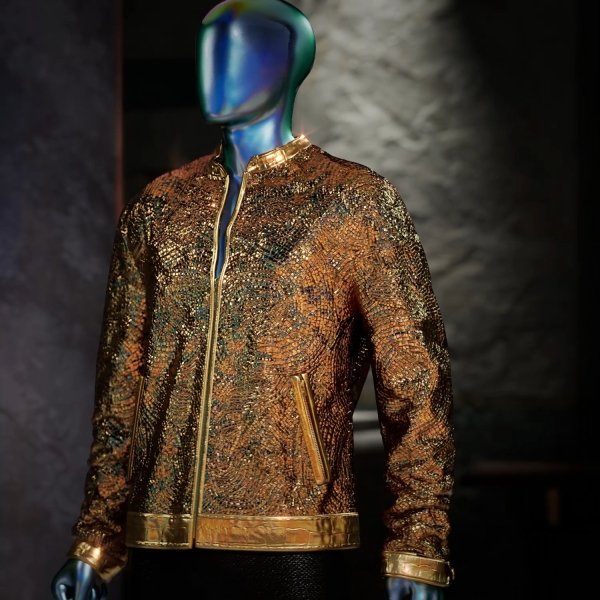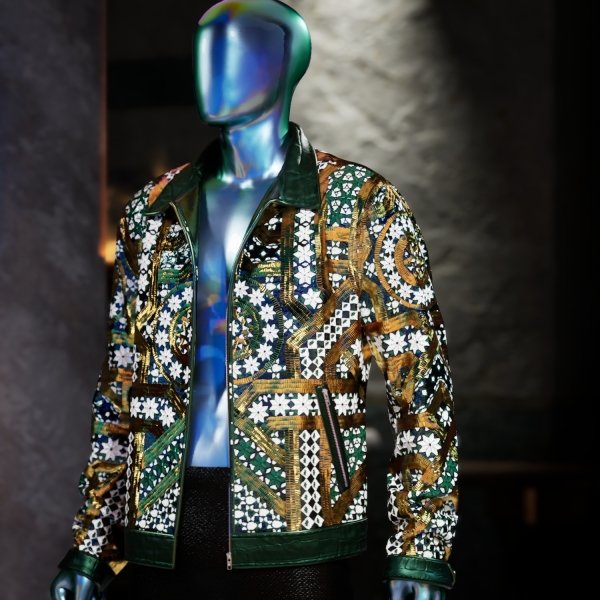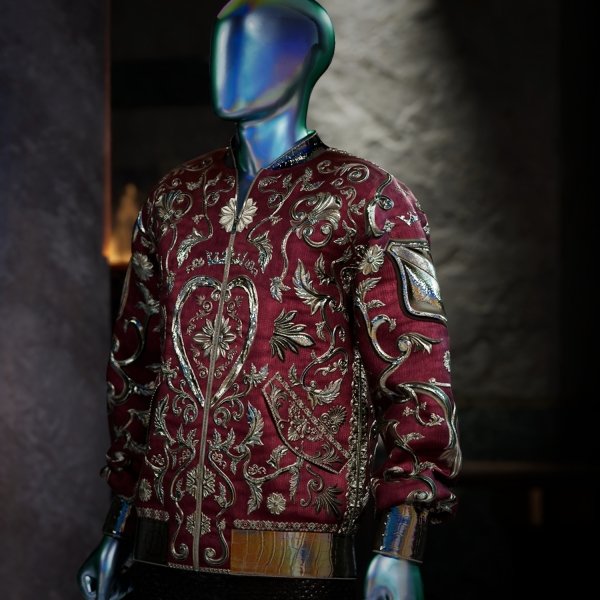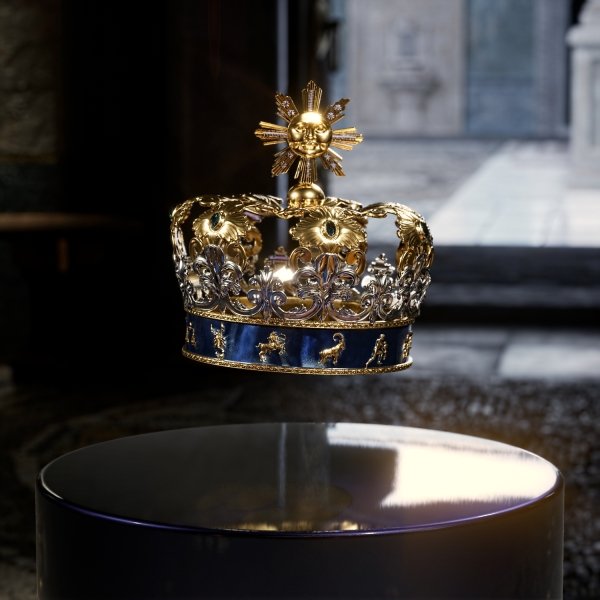The Power of Pixels: Why Luxury Brands are Betting Big on Digital Art
The introduction of digital technology has transformed the art world by providing artists with new ways of expressing their creativity. One such method is through the use of non-fungible tokens (NFTs), which allow artists to monetise their digital artwork. Meanwhile, luxury brands are exploring the potential of digital art to connect with consumers in innovative ways, leveraging the power of technology to create unique and engaging experiences. Together, these developments are reshaping the relationship between art and commerce, opening up exciting opportunities for artists and brands alike.
The Impossible Tiara has sold for more than $300,000. Courtesy UNXD and Dolce&Gabbana.
At first, the intersection of digital art and luxury brands may seem unexpected. However, the two worlds have more in common than one might have initially thought. Both are rooted in exclusivity, rarity, and high value. Digital artists utilise technology to create one-of-a-kind works that cannot be replicated, whilst luxury brands manufacture limited-edition products that are often accompanied by certificates of authenticity to prove their rarity. In this way, digital art and luxury brands have established themselves as symbols of exclusivity and value, appealing to those seeking the extraordinary and exceptional.
One of the primary reasons why luxury brands are venturing into the world of digital art is to reach a new audience. By incorporating digital art and NFTs into their marketing strategies, luxury brands appeal to a younger, more tech-savvy demographic that is increasingly interested in digital experiences. This is particularly true after the COVID-19 pandemic, which has accelerated the adoption of digital technologies and forced brands to think more creatively about how they reach their customers.
The most interesting aspect of luxury brands using NFTs is how they create a new level of exclusivity for their customers. NFTs are unique, one-of-a-kind digital assets that cannot be replicated. This makes them incredibly valuable and desirable for collectors. In addition, by using digital art and NFTs, brands can create unique and immersive experiences that set them apart from their competitors. This can help to increase brand awareness and build stronger emotional connections with customers.
Another reason why luxury brands are exploring the world of digital art is the potential for unchartered revenue streams. By creating and selling NFTs, luxury brands can generate additional income, helping to offset the costs of their marketing campaigns and other initiatives. This can be especially valuable for brands looking to expand into new markets or launch new product lines.
Tiffany & Co.’s NFT CryptoPunk pendants.
In addition to this, the use of digital art allows luxury brands to create a more environmentally conscious future. The fashion industry has been criticised for its impact on the environment, and consequently, luxury brands are now looking for ways to reduce their carbon footprint. Furthermore, digital art allows brands to produce new revenue streams without relying on traditional manufacturing processes. Equally, NFTs have the potential to create a more sustainable future for the art world by significantly decreasing the need for the physical production and transportation of art pieces.
While the digital art market is still in its early stages, luxury brands are starting to take notice of its potential. By partnering with artists and creators in the NFT space, luxury brands can tap into the creativity and innovation of the digital art world while also bringing their own brand values and aesthetics to the table. These collaborations are just the beginning of what promises to be a vibrant and exciting new era in the intersection of art and luxury.
One example of a luxury brand that has successfully incorporated digital art into its marketing strategy is Gucci. In 2018, the brand launched an Instagram campaign called "Gucci Hallucination," which featured a series of digital artworks inspired by the brand's signature motifs created by Spanish artist Ignasi Monreal. To generate profit, the artworks are available for purchase as limited-edition prints. The campaign generated a lot of social media buzz and helped to increase brand awareness.
Gucci Hallucination 2018 advertisement campaign by Ignasi Monreal. Courtesy of Gucci.
In 2021, Gucci launched the Gucci Aria collection as a tribute to Guccio Gucci and the brand's rich history while also making a splash in the art and technology world by collaborating with the digital artist Arianne Phillips to create and releasing an NFT in addition to its physical products. The NFT, which was sold for $25,000 at an online sale held by Christie's New York in May 2021, consisted of a short film showcasing the Gucci Aria collection. The sale of this NFT was a significant fashion x art moment, as it marked the first time a luxury brand had entered the NFT space.
Gucci, Aria, Non-fungible token. CHRISTIE'S
Likewise, Italian fashion house Dolce & Gabbana has been actively exploring the world of NFTs and digital fashion. The brand recently collaborated with inBetweeners and UNXD to release a collection of 2,000 digital bears custom-designed by artist Gianpiero D'Alessandro, exclusively available on OpenSea.
Dolce&Gabbana x inBetweeners NFTs
Dolce & Gabbana also set a record in the fashion NFT market or nearly $5.7 million worth of Ethereum cryptocurrency with the sale of a nine-piece collection of physical and digital items called Collezione Genesi. This collection included physical creations by Dolce & Gabbana, such as two versions of The Dress from a Dream, The Glass Suit, and two gold-plated and gem-studded crowns, as well as four digital items. When the collection was auctioned by UNXD, the package included physical and digital creations by Dolce & Gabbana, making it the most adventurous fashion NFT created and offered so far. These collaborations show the brand's willingness to embrace new technology and innovations in the digital space.
UNXD and Dolce & Gabbana.
One of the most exciting things about the intersection of digital art and luxury brands is the potential for innovation. Digital art allows for a degree of interactivity and engagement that traditional art forms cannot match. For example, brands like Burberry, Prada and Farfetch have experimented with augmented reality experiences that allow customers to "try on" virtual versions of their clothing. This type of interactive experience deepens the connection between customer and brand and, more significantly, has the potential to revolutionise the way we shop for luxury goods in the future.
Prada’s virtual try-on experience. Taken on Snapchat.
The rise of NFTs has allowed luxury brands to connect with their audience in a new way. By collaborating with artists to create exclusive digital art pieces, luxury brands provide customers with something far beyond traditional physical offerings. In addition, these collaborations also allow luxury brands to showcase their commitment to innovation and creativity.
As the world becomes increasingly digital, we can expect more luxury brands to enter the NFT space and collaborate with artists to create one-of-a-kind digital art pieces. So, watch this space...
Menel Baran
The Luxury Edit Co-Editor, MADE IN BED


